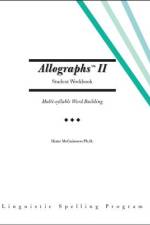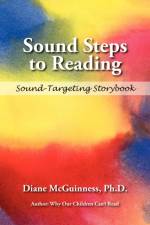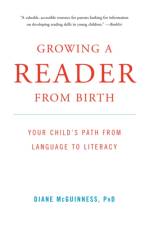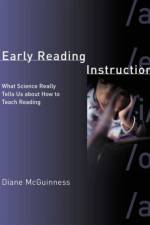av Diane McGuinness
255,-
The Student Workbook provides exercises and a special Dictionary to teach how syllables are compounded in multi-syllable words, as well as the spelling patterns used in a variety of prefixes and suffixes.Over 3,000 multi-syllable words are included in the lessons.Lessons proceed in the following order: This is an ordered list.The nature of compounding using whole words: 'sunset' 'firefly'.Root word transformations for adding ing, and ed.Turning verbs into persons by adding er.Changing common root words (nouns or verbs) to other parts of speech: 'bright' - brighten, brighter, brightest, brightly.Reading and spelling words with adjacent vowel sounds: 'po/et' 'ra/di/o' - 'o/a/sis, vi/o/lent.Common prefixes and their meaning: de, re, pre, pro, be, e, im, in, em, en.Suffixes spelled alike but pronounced differently, such as: machine, refine, famine.The spelling of the 'schwa'* vowel at the beginning and ends of words: a/bout, a/gend/aThe spellings for 'schwa' vowels in the middle of words: redundant, benefit, hesitate, collect, industry.A Dictionary of 2,000 words with spelling alternatives for Old French, Latin, and Greek-based suffixes.Latin root words and definitions. Latin and Greek-based prefixes and definitionsWords of Greek origin with special spellings: myth, pneumonia, rhapsody, xylophone. *A "schwa" is the weakest, briefest vowel in a multi-syllable word. It is the result of 'sloppy' pronunciation and always sounds "uh". It has 5 main spellings.






